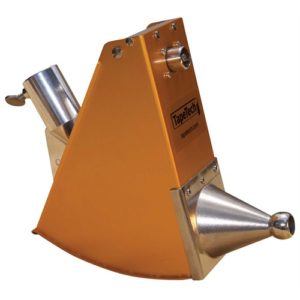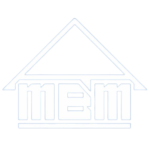Angle heads and corner finishers are the most used automatic taping tool within the drywall taping industry. The reason why hand tapers will first switch over to this product when getting into automatic taping is that they are cheaper than the upfront cost of a bazooka and it reduces back strain getting into high spaces without resistance.
What is a drywall angle head?
A drywall angle head is an automatic taping tool used to cover both inside corners with a bed and finishing coat – hence the nickname ‘corner finisher’. This corner drywall tool covers both of the corners at the same time. It can also be used for angled joints such as taping the seam between wall and ceiling.
What Mud Should I Use With My Angle Head?
Deciding on the type of mud is important when it comes to what you are taping. With angle heads and corner taping, you will want to use significantly thinned mud. Since you’ll be using thinned mud your glue content in the mud should be higher. Before taping you should also pre-fill any gaps in the corner over 3/16-inch. Not filling any gaps will result in shrink cracks from taping over wet mud. We suggest sticking to machine mud when using these tools
What are the benefits of using a drywall angle head?
The benefits of using an angle head, when done right, cuts down on taping time and reduces the difficulty on site as finishing corners is one of the most difficult tasks in taping a room. While the same task can be done by a corner flusher, an angle head does a much cleaner job. Angle heads do not leave behind mud trails, whereas flushers do.
What’s The Difference Between An Angle Head and Flusher?
Although an angle head tool and a drywall flusher tool have the same functionality, there are several key differences between using an angle head and a flusher.
-
Aria Flush Drywall Receptacle Mount [Luxe]
Rated 0 out of 5Interior Accessories CAD $21.00 – CAD $43.00
Precision
The main difference between using an angle head over a flusher is that an angle head is more precise. It will push the tape into a tighter sharper edge making the tape hold even stronger. Using a flusher will result in leaving mud lines that must be cleaned up or else you will need to sand them down.
Longevity
One of the more important factors in purchasing a product is the longevity of a tool. An angle head has more longevity because of its ability to easily replace damaged parts. Since it isn’t a single piece of metal, you can repair and swap out damaged parts to keep the tool working. Angle heads may last anywhere from 15 – 20 years requiring one or two carbide blade replacements. In the long run an angle head will save you time and money if you are protective of your tools.
Durability
While angle heads have a longer lifespan between the two, a flusher is much more durable and can take more punishment than an angle head can. The reason for this is that the flusher is one single piece so there are no parts that can be damaged and need to be replaced. If a flusher is damaged, you can sand or fix imperfections to extend longevity.
How Do I Use A Drywall Angle Head?
When you are operating your angle head for the first time you will want to fill the angle head with mud completely to avoid any dry runs. We recommend dipping your angle head in your bucket of mud before you start. When you start the process, place the angle head six inches above the floor. This will avoid pulling the tape with you. It will take two or three passes so do not push too hard. When applying the angle head to ceiling corners and angles, place the angle head behind you at a 45-degree angle and drag it along the edge while you walk. If you push the angle head with excess force, the tool will get caught and cause stuttering. This way you will have a smooth finish. For three-way corners, you will still need to use a six-inch knife to square off the corner.
Frequently Answered Questions
Why does my angle head not use a lot of mud?
Angle heads are considered a precision tool that requires less mud and less sanding.
Is A Corner Box Required To Use An Angle Tool?
While a corner box is useful and saves you more time, it is not required to use an angle tool. If you are looking to pair your angle head with a corner box, here are two of our most popular models

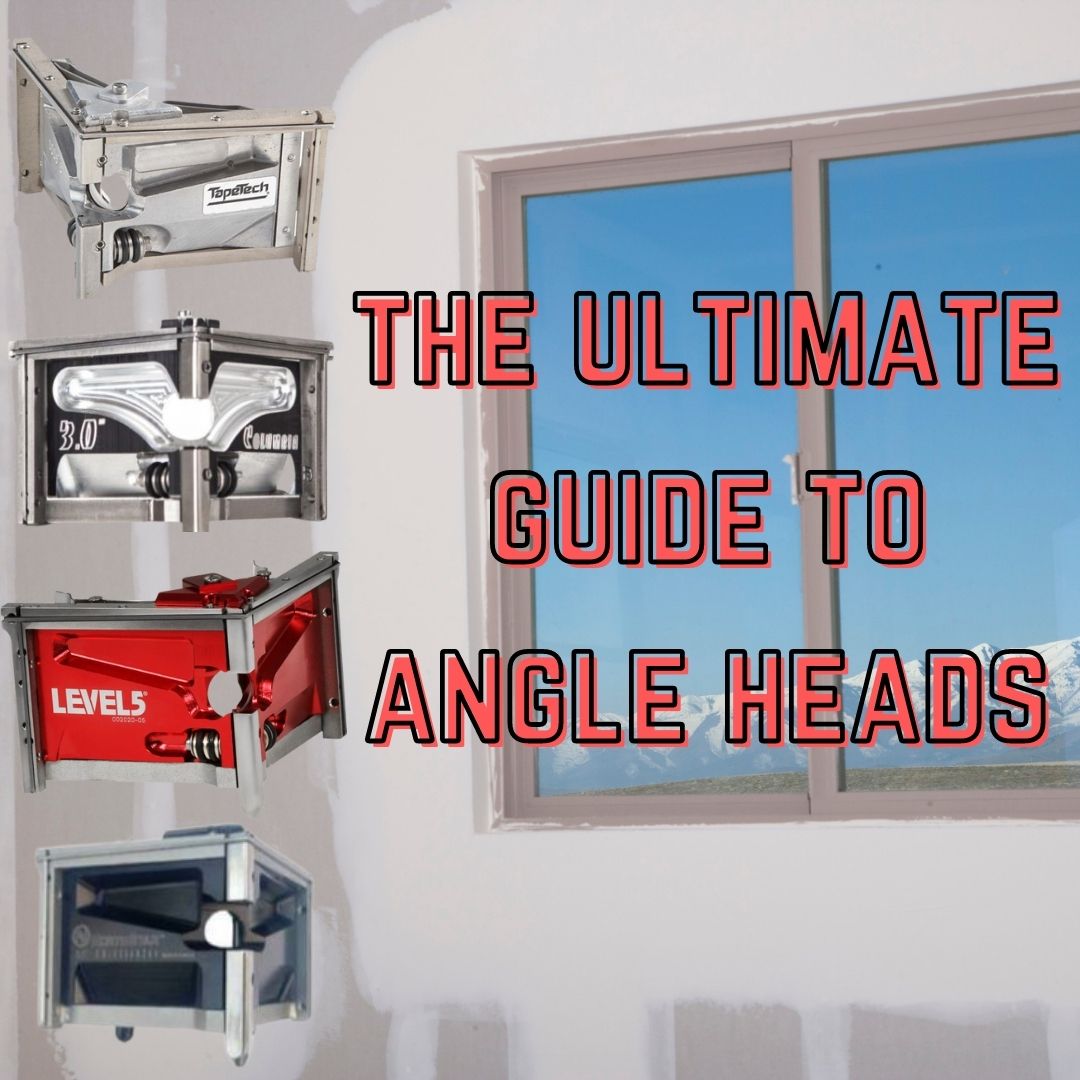
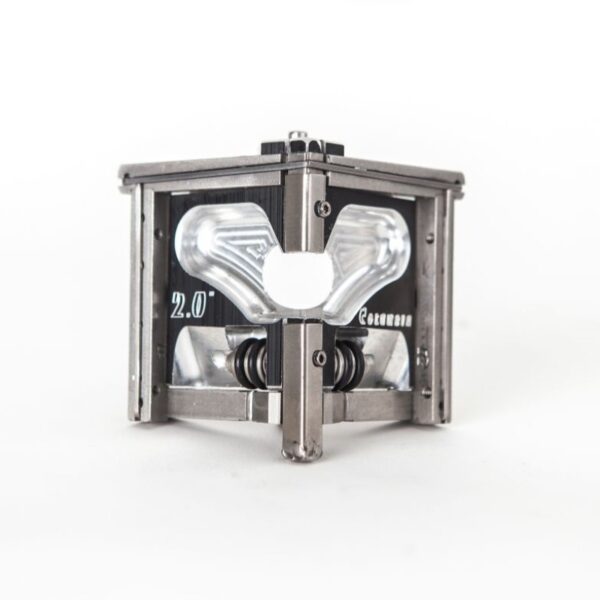
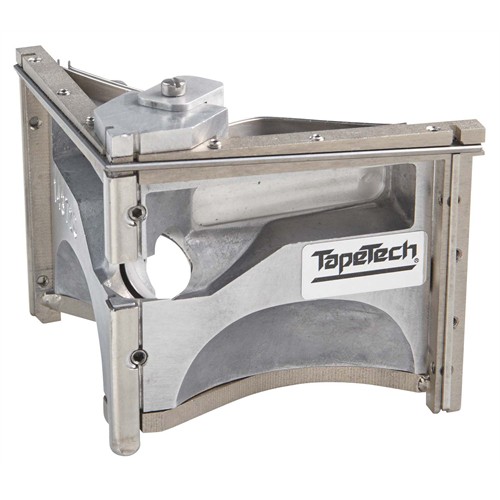
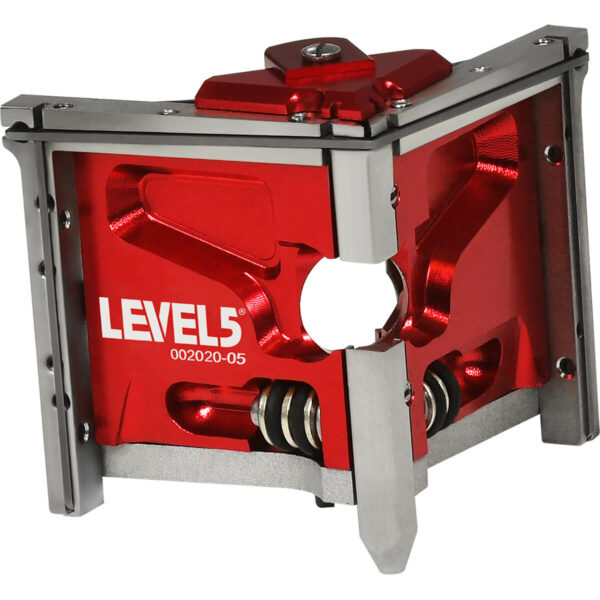
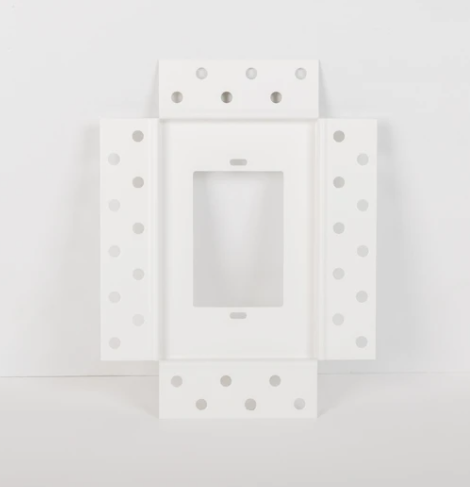
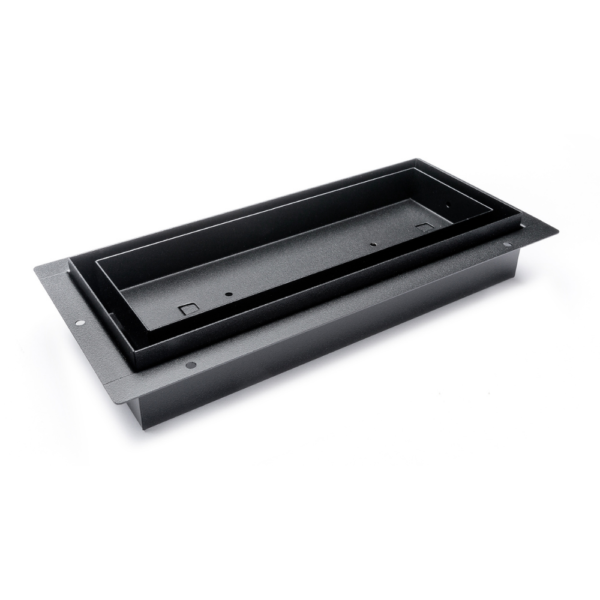
![Aria OG [Return]](https://masterbuildingmaterials.com/wp-content/uploads/2022/11/AV8X30BK-AV8X14BLK-600x600.jpg)
